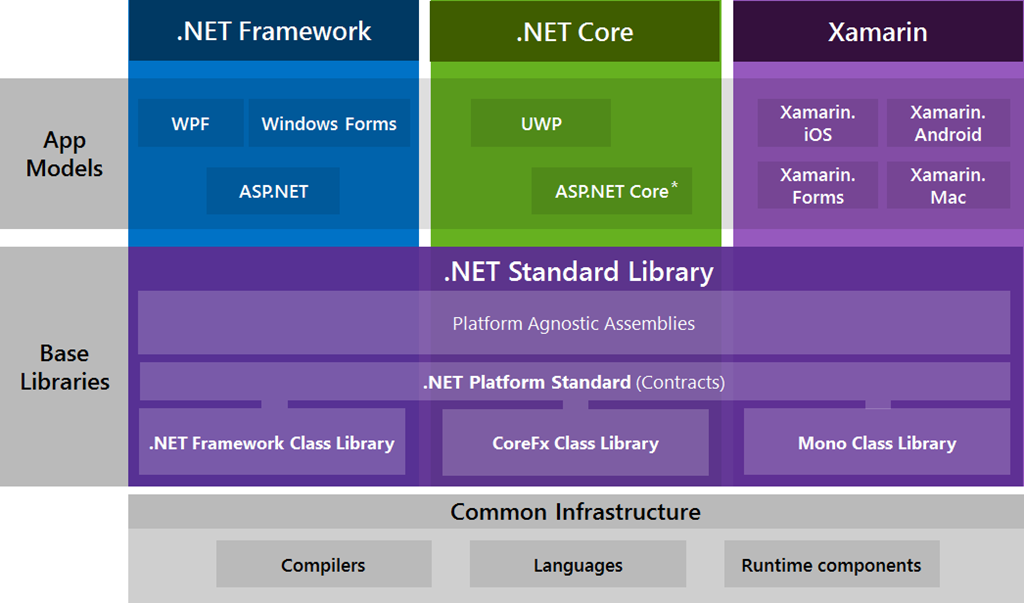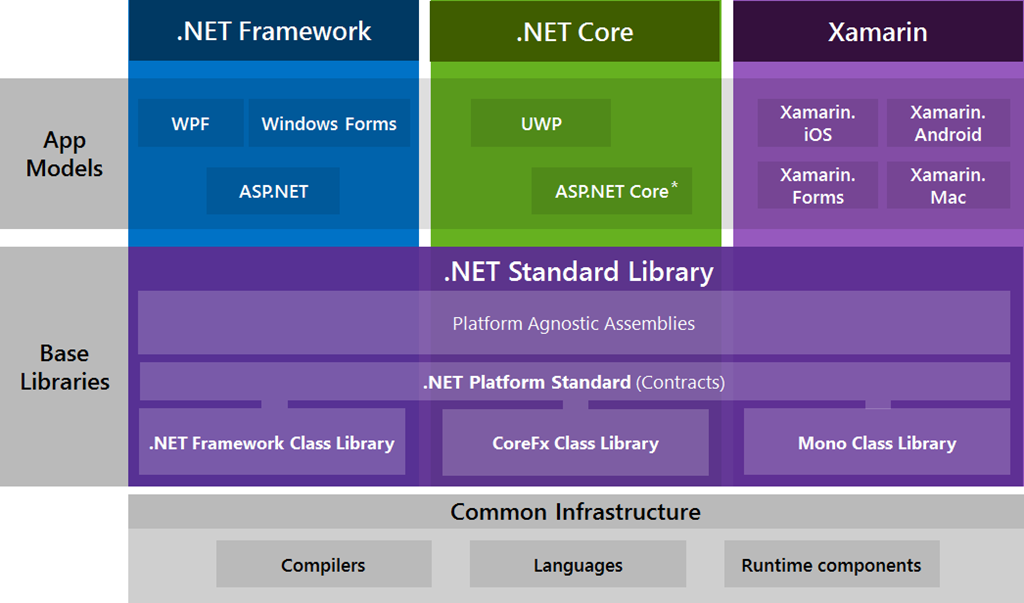Choosing the correct backend language for your APIs can be a challenging task. With numerous options, how do you decide? This guide will help you navigate some of the most popular backend languages: .NET, Python, Go, PHP, Ruby on Rails, and Java, exploring their strengths and weaknesses, performance, popularity, and suitability for different APIs.
.NET

Someone might choose .NET because of its cohesive and robust environment that integrates seamlessly with various Microsoft products. The extensive libraries and tools available within the .NET framework suit various development needs, especially for large-scale and enterprise-level applications.
Furthermore, the support for cross-platform development ensures that the applications can be deployed across different operating systems without hassle. The active community support and availability of extensive resources provide an added assurance that help and guidance are readily available. These factors make .NET a compelling choice for many developers and organizations looking for a reliable and scalable solution for their API development.
Advantages and Disadvantages of Choosing .NET Framework for APIs
Advantages of .NET Framework:
Rich Libraries and Tools:
.NET offers an extensive set of libraries and tools that cover various aspects of web development such as data access, security, testing, and deployment, providing a solid foundation for building APIs.
Cross-Platform Development:
Through .NET Core, .NET supports development across Windows, Linux, and macOS, providing flexibility for developers working on different platforms.
High Performance and Scalability:
Features like asynchronous programming, caching, and concurrency offer high performance and scalability, making .NET suitable for large-scale applications.
Strong Community Support:
The .NET community is large and active, providing extensive resources, forums, and support for developers, which can make problem-solving easier.
Integration with Microsoft Products:
As a Microsoft product, .NET integrates with other Microsoft technologies and platforms, providing a cohesive development experience.
Disadvantages of .NET Framework:
Learning Curve:
.NET can be complex and cumbersome for beginners to learn and use, especially compared to more straightforward languages like Python or Ruby on Rails.
Cost:
Some tools and services within .NET may require licenses or subscriptions, making it a more expensive option than free, open-source alternatives like PHP or Python.
Flexibility:
.NET follows predefined structures and conventions, which may be less flexible and customizable than more free-form languages like Python or Ruby on Rails.
Platform Preference:
Though it supports cross-platform development, .NET is biased towards Windows platforms, which initially had some challenges or limitations when developing specifically for Linux or macOS. However, in most modern versions of .NET, you can develop over any environment, such as Linux or macOS.
Comparison with Other Technologies:
Compared to Python: .NET offers better performance but may lack Python’s simplicity and versatility, especially in areas like data science or machine learning.
Compared to PHP: .NET provides a more robust and structured environment, but PHP may offer more flexibility and ease of use for web-specific development.
Compared to Java: Both .NET and Java offer robust and mature solutions. .NET might provide better integration with Windows environments, while Java is known for its portability and wide enterprise usage.
Compared to Go: Go is known for its simplicity and efficiency in concurrency handling. .NET may provide a richer set of tools and libraries but might be less minimalist and focused than Go.
Compared to Ruby on Rails: Ruby on Rails offers a convention over configuration approach that can speed up development, but .NET may offer better performance and scalability for larger applications.


